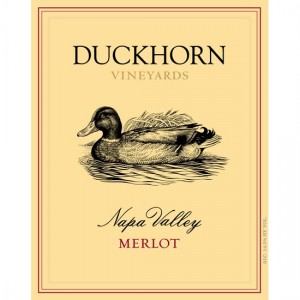 Merlot is often overshadowed by its more distinguished blending partner, cabernet sauvignon. For centuries, merlot has been the preferred blending partner for cabernet around the world. Its role is quite simple: to take away the hard, tannic edge of cabernet sauvignon with its soft, gentle roundness. A famous wine critic once said that “behind almost all great cabernets there will be some merlot lurking somewhere inside the bottle, sweet-talking the tannic cabernet into civility.”
Merlot is often overshadowed by its more distinguished blending partner, cabernet sauvignon. For centuries, merlot has been the preferred blending partner for cabernet around the world. Its role is quite simple: to take away the hard, tannic edge of cabernet sauvignon with its soft, gentle roundness. A famous wine critic once said that “behind almost all great cabernets there will be some merlot lurking somewhere inside the bottle, sweet-talking the tannic cabernet into civility.”
As remarkable as merlot may be in a blend, this grape also has the strength to stand on its own.
The French, for centuries, have honored merlot — identified not by name, but by location — with wine labels only mentioning the prestigious chateaux. Those who have studied the great Bordeaux region are privy to the exact locations where merlot dominates, such as the luscious wines of Pomerol, St. Emilion and Margaux.
Americans have also reverently respected this grape. Our growing style offers a soft, fruity taste fitting into the American wine palate. It has always offered a connection for those looking for a less aggressive, easy-to-drink wine without the cellar wait and mouth-stripping tannin cabernet can sometimes offer.
THE VALUES
- 2012 Montes Alpha Merlot, Chile (about $12 retail)
- 2012 Columbia Crest Merlot, California (about $12 retail)
- 2012 Bogle Vineyards Merlot, California (about $10 retail)
- 2012 Bonterra Merlot, California (about $15 retail)
THE SPLURGES
- 2011 Duckhorn Napa Merlot, California (about $67 retail)
- 2010 Reynolds Family Winery Stags Leap Merlot, California (about $46 retail)
- 2010 BV Napa Valley Merlot, California (about $29 retail)